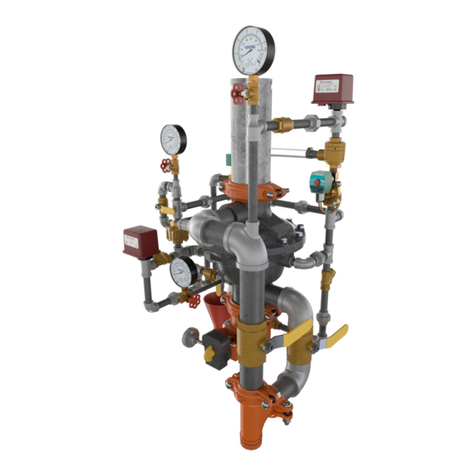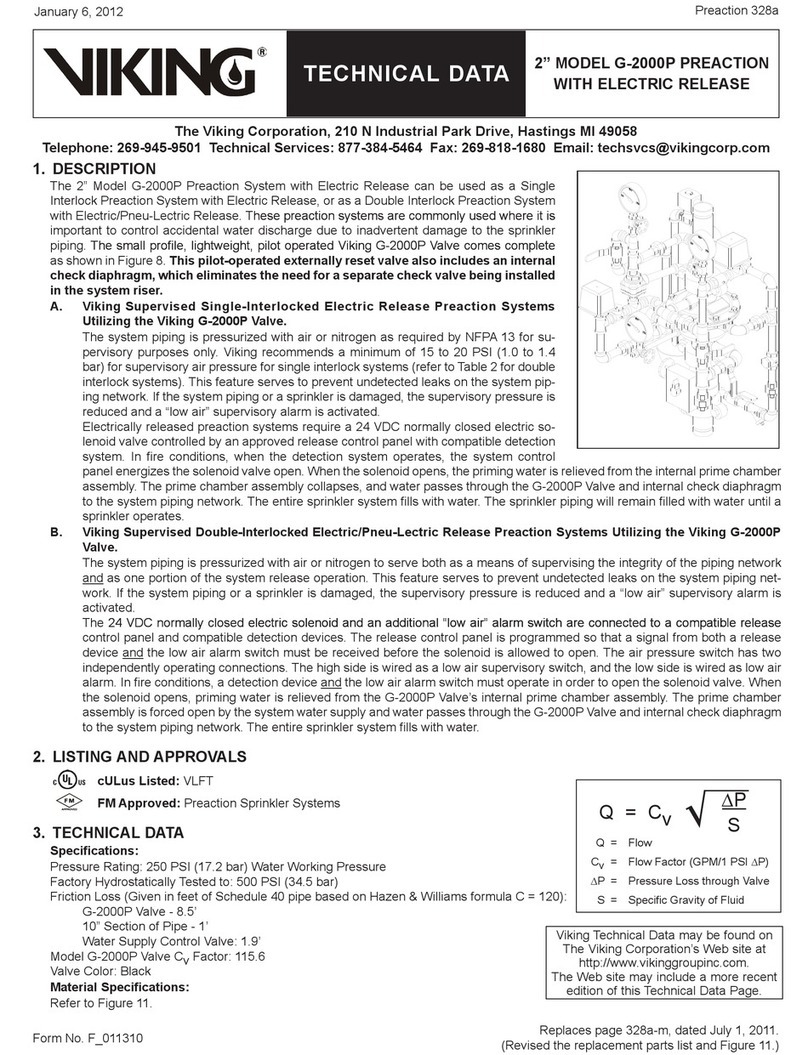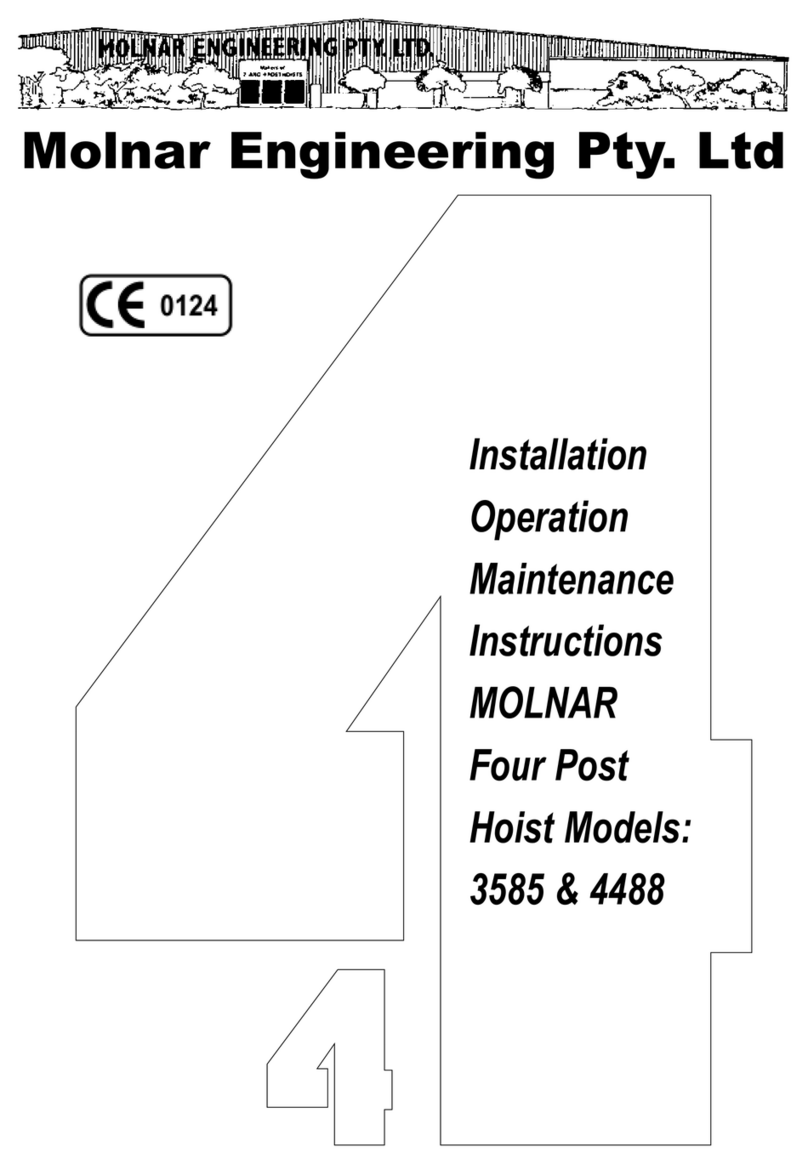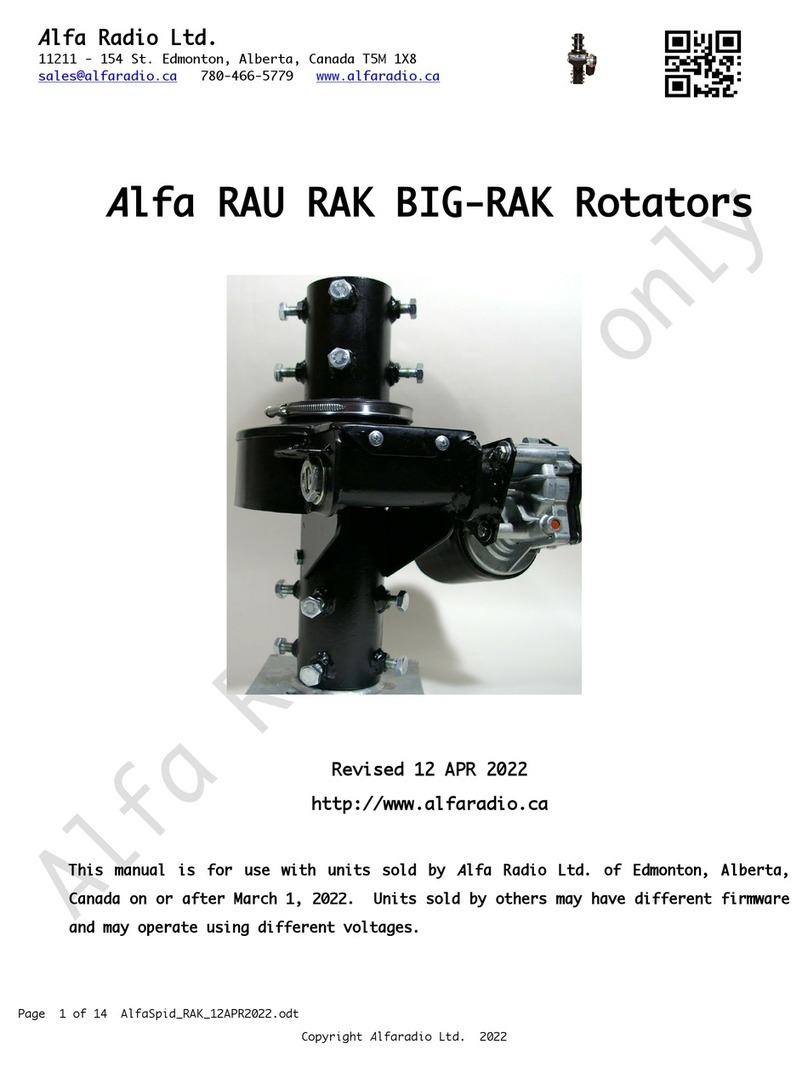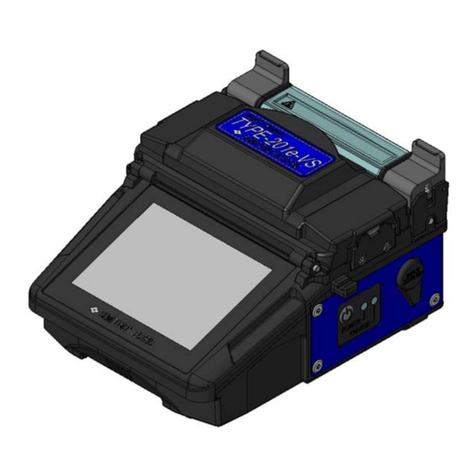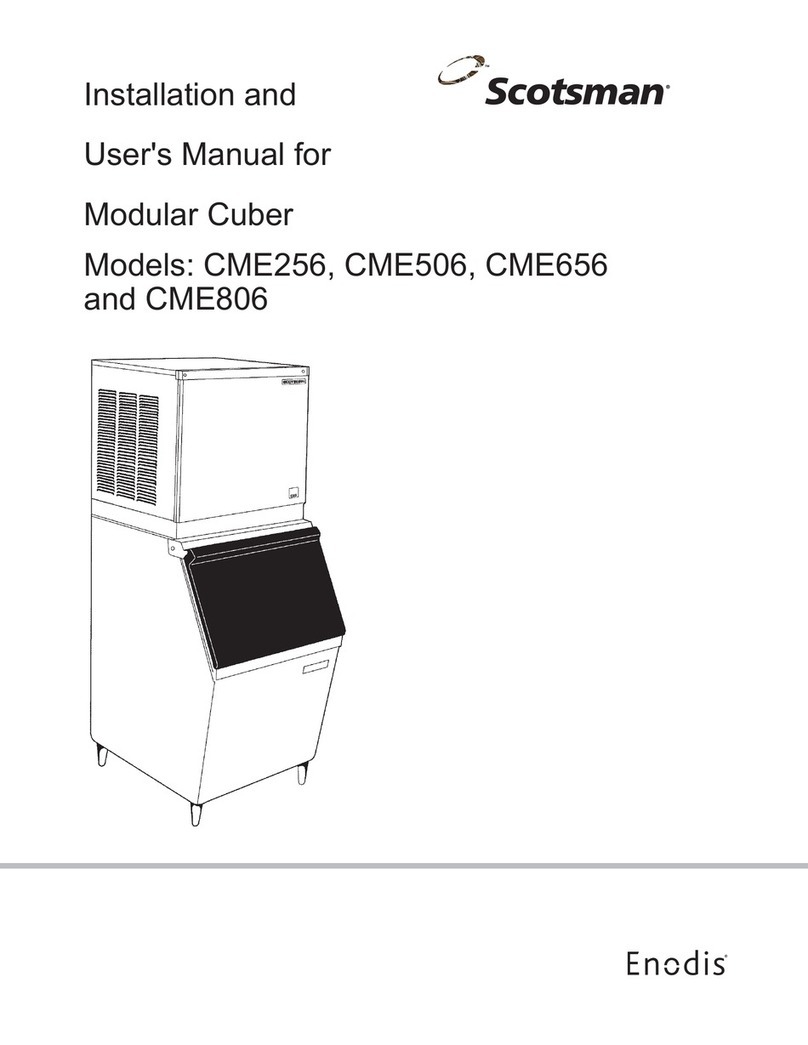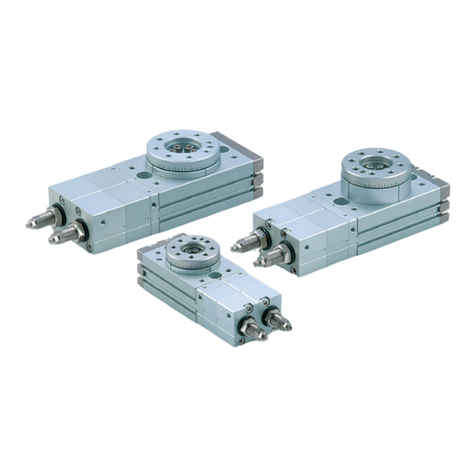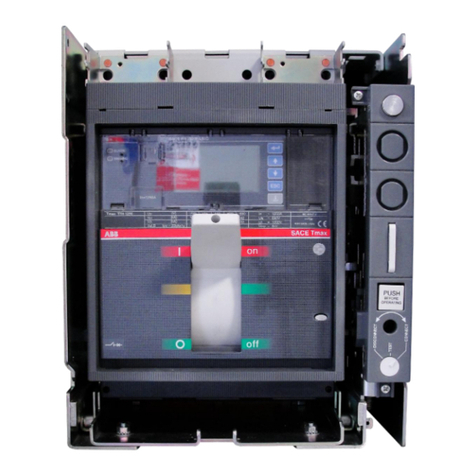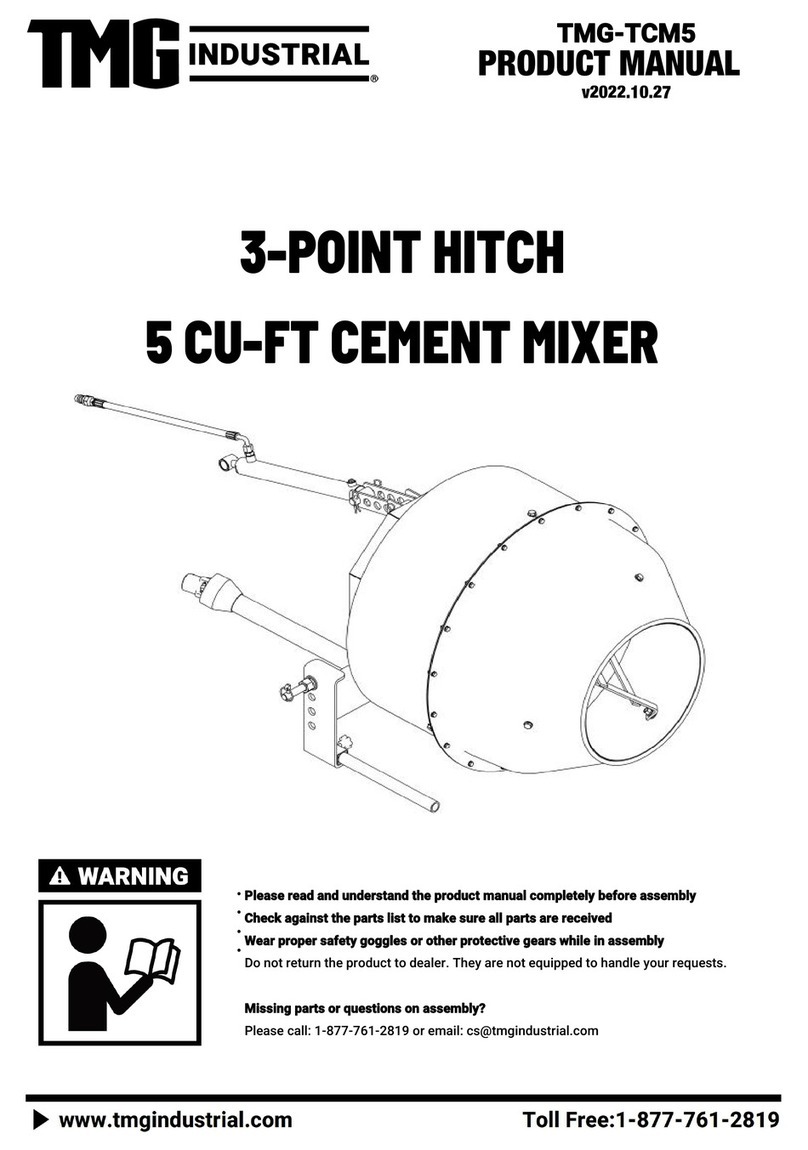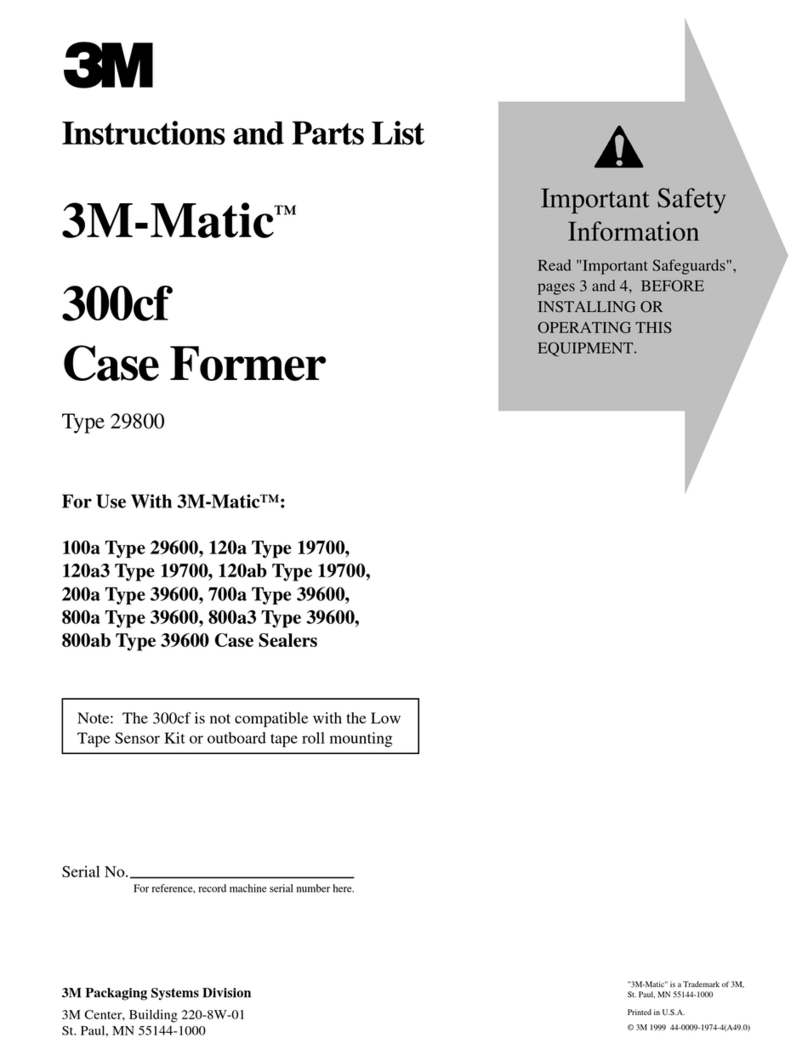Viking FIRECYCLE III User manual

A. SYSTEM DESCRIPTION
(Refer to Figure 1, page 428 c.)
The Viking Firecycle®III Cycling Wet-
pipe System utilizes a Viking Model H-1
Flow Control Valve (A.1) and a Firecy-
cle®IIIControlPanel(E.3),togetherwith
additional valves, devices and trim to
form a unique operating system.
The cycling wet configuration operates
the Firecycle®III System as a normal
wet pipe system with the ability to sense
when the fire has been controlled, and
automatically turn offthe water flow after
a preprogrammed "Soak Timer" has
been satisfied. Should the fire rekindle,
Firecycle®III will initiate the sequence
again. This unique cycling feature will
continue to operate as long as neces-
sary, provided power is available to the
panel, and helps to minimize water us-
age, water damage, and the danger of
pollution to surrounding areas. Batteries
areavailableto provideup toninety(90)
hours of emergency power. If the AC
power fails and the battery backup
power expires while the system is oper-
ating, the deluge system will "fail-safe",
and continue flowing until AC power is
restoredor the system is manually shut-
off.
The Firecycle® III Cycling Wetpipe Sys-
tem has several "fail-safe" features
which are not available on standard wet
pipe systems. Refer to Section B "Sys-
tem Operation" for details.
Wetpipe systems are commonly used
where, when the system operates, it is
desirable to discharge water immedi-
ately from any sprinklers on the system
which may have operated, as in a fire.
Consult all Authorities Having Jurisdic-
tion prior to installing a Firecycle®III
Wetpipe System. The system requires
use of a Viking Flow Control Valve and
trim kit with two Electric Release Sole-
noid Valves (E.1 and E.2) controlled by
the Firecycle®III Control Panel (E.3),
Firecycle®
Detectors(E.4),andDetector
Cable (E.5). The detector temperature
must be lower than the lowest tempera-
ture-rated sprinkler being used. For
properlocation,spacing,andpositioning
of detectors, refer to technical data de-
scribing Viking Firecycle®Detectors.
In fire conditions, when the detection
system (E.4) operates, the Firecycle®III
Control Panel (E.3) energizes normally
closed ReleaseSolenoid Valve #1 (E.1)
open, and energizes normally open Re-
lease Solenoid Valve #2 (E.2) closed,
causing Flow Control Valve (A.1) to
open, allowing water to flow through the
system piping. Water will flow from any
sprinklers attached to the system which
may have operated. When downstream
water pressure exceeds water supply
pressure, the Flow Control Valve (A.1)
performs as a hydraulically operated
check valve to prevent reverse flow.
NOTE: Firecycle®III is a complete sys-
tem, and is listed as a unit. As such, it
is normally not possible to modify the
components of the system controls or
theirinter-relationwithoutcompromising
the listing.
For information on current approvals
and permissible modifications to Firecy-
cle®III, contact The Viking Corporation,
Hastings, Michigan 49058 USA, Atten-
tion: Sales Department.
B. SYSTEM OPERATION
(Refer to Figure 1, page 428 c.)
In the NORMAL condition:
System water supply pressure enters
the primingchamber of theFlowControl
Valve (A.1) through the 1/4" (8 mm)
priming line which includes a Strainer
(B.2), restricted orifice (B.3) and Check
Valve (B.4). Normally open Release So-
lenoid Valve #2 (E.2) allows priming
water to escape so that the Flow Control
Valve (A.1) will not set, but remain open,
filling the system piping with water.
In Fire conditions:
In fire conditions, when the Firecycle®III
detection system (E.4 and E.5) oper-
ates, the Firecycle®III Control Panel
(E.3) activates a piezo sounder and en-
ergizes normally closed Release Sole-
noid Valve #1 (E.1) open and normally
open Release Solenoid Valve #2 (E.2)
closed. Pressure continues to be re-
leased from the priming chamber faster
than it is supplied through the restricted
orifice (B.3). The Flow Control Valve
(A.1) clapper remains fully open to allow
water to flow through the system piping
and to activate alarm devices, including
a Water Flow Alarm Switch (C.1). Water
willimmediatelyflowfromany sprinklers
attached to the system which may have
operated. Water Flow Alarm Switch
(C.1) activates, latching normally open
Release Solenoid Valve #2 (E.2)
closed. Water discharges until all
Firecycle®Detectorshavereset (cooled
below their set point). After all detectors
have reset, the Firecycle®III Control
Panel (E.3) activates the "Soak Timer",
allowing the system to continue dis-
charging water for a preset time period.
When the "Soak Timer" has expired,the
Firecycle®III Control Panel (E.3) de-en-
ergizes normally closed Release Sole-
noid Valve #1 (E.1), allowing it to close.
(The normally open Release Solenoid
Valve #2 (E.2) remains energized
closed until the Firecycle®III Control
Panel is manually reset, or both AC
power and battery backup have failed.)
The Flow Control Valve (A.1) re-primes
and closes, stopping the flow of water
through the system piping.
Should a Firecycle®Detector go into
alarmat this time, the Firecycle®IIICon-
trol Panel (E.3) re-energizes normally
closed ReleaseSolenoid Valve #1 (E.1)
open, and the entire cycle repeats.
To return the system to "Normal" condi-
tions, drain the system piping and re-
place any sprinklers which may have
operated, and any Firecycle®Detectors
which have been damaged. Open the
Emergency Release (B.11) to allow the
system pressure to return to normal.
Once the pressure has stabilized, close
the Emergency Release (B.11) and
press the "System Reset" button on the
Firecycle®III Control Panel (E.3).
Trouble conditions:
If the detection system is damaged or
malfunctions, the Firecycle®III Control
Panel will initiate theappropriatealarms,
and the Flow Control Valve (A.1) will
open. Water will not flow from any sprin-
klers until a sprinkler hasoperated, as in
a fire. The cycling function of theFirecy-
cle®III System will not operate in this
condition, and the system must be
manuallyshutoff. Allalarmswilloperate
normally.
If the piping system is damaged suffi-
ciently to activate the Water Flow Alarm
Switch (C.1), the Firecycle®III Control
Panel (E.3) will energize normally open
Release Solenoid Valve #2 (E.2)
closed. Because a detector has not
gone into alarm mode, Release Sole-
noid Valve #1 (E.1) will remain ener-
gized closed. The Flow Control Valve
(A.1) willre-prime andcloseafterashort
delay. This feature ensures that should
a sprinkler or the system piping become
damaged, the amount of water which
will discharge is limited by the system
pressure and the location of the system
Form No. F_100696
Firecycle®III 428 a
SYSTEM DATA
September 28, 1998
For technical data,
installation, maintenance,
and testing instructions
for individual system
components, refer to current
Viking technical data
describing individual
components of the
system being used.
Viking technical data may be found on
The Viking Corporation’s Web site at
http://www.vikingcorp.com.
The Web site may include a more recent
edition of this technical data page.
FIRECYCLE®III
CYCLING WET PIPE
SYSTEM Pat. Pend.
Replaces page 428a-d, dated August 1, 1997
(updated title block to reflect patent pending).
OBSOLETE

damage. Should a Firecycle®Detector
detect a fire during this condition, nor-
mally closed ReleaseSolenoidValve #1
(E.1) will be energized open, allowing
the Flow Control Valve (A.1) to open,
and water will be discharged from any
sprinklers which may have operated as
a result of the fire, as well as from the
damaged portion of the system. The cy-
cling function of the Firecycle®III Sys-
tem and all alarms will operatenormally
in this condition.
Loss of Power Prior to Operation:
If the AC power fails, the Firecycle®III
System continues to operate on the
standby batteries. The Firecycle®III
ControlPanelwillinitiateatroublealarm.
Should the AC power and the standby
batteries fail prior to the operation of the
system, all alarms would be lost. The
cycling function of the system will be
lost, and the system will operate as a
typical wet system. The system will not
cycle and must be manually shut-off.
Loss of Power During Operation:
If all power fails while the system is
flowing water, the system will not cycle
off, and must be manually shut-off.
Manual Operation:
Any time the handle inside Emergency
Release (B.11) is pulled, pressure is re-
leased from the priming chamber faster
thanitcanbereplaced throughtheprim-
ing line; the Flow Control Valve (A.1) will
open. Water will flow into the system
piping and will be discharged from any
open sprinklers. After operating the
Emergency Release (B.11), do not
close the Emergency Release until the
system is ready to be reset.
C. INSTALLATION
Refer to current Viking technical data
describing individual components of the
Viking Firecycle®III System. Technical
data describing the Viking Flow Control
Valveandothersystemcomponentsare
packed with product and in the
Viking
Engineering and Design Data
book.
Also, refer to applicable installation
standards, codes, and Authorities Hav-
ing Jurisdiction.
1. The Flow Control Valve (A.1) and
Trim must be installed only in areas
where they will not be subjected to
freezing temperatures.
2. All initiating devices (detectors), indi-
cating appliances and releasing de-
vices must be compatible and ap-
proved for use with the Firecycle®III
System. Refertoappropriatefirepro-
tection equipment approval guides
and current Viking technical data de-
scribingindividual componentsofthe
Viking Firecycle®III System.
D. EMERGENCY
INSTRUCTIONS
(Refer to Figure 1, page 428 c.)
Taking System Out of Service:
WARNING: Placing a control valve or
detection system out of service may
eliminate the fire protection capabilities
ofthesystem.Prior toproceeding,notify
all Authorities Having Jurisdiction. Con-
sideration should be given to employ-
mentofafirepatrolintheaffectedareas.
After a fire, verify that the fire is OUTand
that placing the system out of service
has been authorized by the appropriate
Authority Having Jurisdiction.
1. Close Water Supply Valve (D.1).
2. Open System Main Drain.
3. Silence alarms (optional).
A. To silence alarms controlled by
Firecycle®III Control Panel (E.3),
open panel and press "ALARM
SILENCE".
Note: Electric Alarms controlled
by a pressure switch installed in
the 1/2" (15 mm) NPT connection
for a Non-interruptable Alarm
Pressure Switch cannot be shut
off until the Flow Control Valve is
reset or taken out of service.
Sprinkler systems that have been sub-
jected to a fire must be returned to serv-
ice as soon as possible. The entire sys-
tem must be inspected for damage and
repaired or replaced as necessary.
4. Replace any piping, detectors (E.4),
or sections of detection cable (E.5)
that have been damaged.
Note: The complete system opera-
tion must be tested after servicing,
changing programming, addition or
deletion of system components, or
after any modification, repair, or ad-
justment to system hardware or wir-
ing. All components, circuits, system
operation, or software functions
known to be affected by a change
must be 100% tested.
5. Disconnect all power sources to the
Firecycle III®Panel prior to perform-
ing any maintenance orrepairs to the
detection system (E.4, E.5), the
panel (E.3), solenoid valves (E.1,
E.2), or any electrical component of
the system.
Always connect and turn on AC
power source prior to connecting the
standby batteries. Connecting the
standby batteries to the Firecycle®III
Control Panel (E.3) before the AC
power is connected and turned on
may damage the panel.
6. Replace any sprinklers and/or spray
nozzles that have been damaged or
exposed to fire conditions.
7. Perform all maintenance procedures
recommended in Firecycle®III
Owner’s Manual and technical data
describing individual components of
the system that has operated.
8. Return the system to service as soon
as possible. Refer to Section E:
"PLACING THE SYSTEM IN SERV-
ICE."
E. PLACING THE SYSTEM IN
SERVICE AT INITIAL
START-UP
(Refer to Figure 1, page 428 c.)
Note: Refer to Firecycle®III Owner’s
Manual, and instructions provided in
technical data describing the Viking
Flow Control Valve and other system
components.
1.Verifythatthesystemhasbeen
properly drained. Open Emer-
gency Release (B.11).
2. Open Firecycle®III Control
Panel (E.3) and press "RE-
SET". Release Solenoid
Valve #1 (E.1) should close.
3. FullyopenandsecuretheMain
Water Supply Control Valve.
4. Close Emergency Release
(B.11).
5. Verify that all valves are se-
cured in their normal operating
position.
F. INSPECTIONSandTESTS
It is imperative that the system be in-
spected and tested on a regular basis.
Refer to INSPECTIONS and TESTS
recommended in current Viking techni-
cal data describing individual compo-
nentsoftheVikingFirecycle®IIISystem.
Where difficulty in performance is expe-
rienced, the manufacturer or their
authorized representative shall be con-
tacted if any field adjustment is to be
made.
The frequency of the inspections may
vary due to contaminated or corrosive
water supplies or corrosive atmos-
pheres. For minimum maintenance and
inspection requirements, refer to the Na-
tionalFireProtectionAssociation’spam-
phlet that describes care and mainte-
nance of sprinkler systems. In addition,
the Authority Having Jurisdiction may
have additional maintenance, testing,
andinspectionrequirementswhichmust
be followed.
WARNING: Any system maintenance
whichinvolvesplacinga control valve or
detection system out of service may
eliminate the fire-protection capabilities
of that system. Prior to proceeding, no-
tify all Authorities Having Jurisdiction.
Consideration should be given to em-
SYSTEM DATA
Firecycle®III 428 b September 28, 1998
FIRECYCLE®III
CYCLING WET PIPE
SYSTEM Pat. Pend.
OBSOLETE

SYSTEM DATA
September 28, 1998 Firecycle®III 428 c
FIRECYCLE®III
CYCLING WET PIPE
SYSTEM Pat. Pend.
Firecycle®III
Cycling Wetpipe System
System Components
A. Valves
A.1 Flow Control Valve
B. Firecycle®III Trim
B.1 Not Used
B.2 Strainer
B.3 1/8" Restricted Orifice
B.4 Spring Loaded Check Valve
B.5 Not Used
B.6 System Drain
B.7 Not Used
B.8 Not Used
B.9 Not Used
B.10 Not Used
B.11 Emergency Release
B.12 Priming Pressure Water Gauge
and Valve
B.13 Water Supply Pressure Gauge
and Valve (two shown)
B.14 Not Used
B.15 Not Used
C. Water Flow Alarm Equipment
C.1 Water Flow Alarm Switch
D. Riser
D.1 Water Supply Control Valve
D.2 90oEll. (Grooved Ell Shown. Flow
Control Valve also Available with
Flanged Outlet).
E. Release System
E.1 Release Solenoid Valve #1
(normally closed)
E.2 Release Solenoid Valve #2
(normally open).
E.3 Firecycle®III Control Panel
E.4 Firecycle®Detector
E.5 Firecycle®Detector Cable
Dashed lines indicate pipe required but not included
in Firecycle®III Trim Kit.
Phantom lines indicate electrical detection wiring
required, but not listed in "System Components"
table. Refer to technical data sheets for wiring
requirements of individual components used.
Figure 1
OBSOLETE

ployment of a fire patrol in the affected
areas.
G. MAINTENANCE
NOTICE: The owner is responsible for
maintaining the fire protection system
and devices in proper operating condi-
tion.
Repairs:
To perform maintenance on detection
cable or detectors without taking theen-
tire system out of service, disable Input
Zone #1. Disabling Input Zone #1 dis-
ablesthe detection cable and detectors,
leaving the system with the ability to
operate as a normal wet system. The
cycling feature will be disabled.
When Input Zone #1 is disabled, the
Firecycle®III Detection Cable remains
charged with with a maximum short cir-
cuit current of 40mA of 24 VDC. When
disabled, an open circuit condition on
Input Circuit #1, will cause the trouble
relay to activate and the system trouble
LED to activate but will not activate any
output circuit associated with Input #1.
To disable input circuits and associated
output circuits for maintenance (refer to
Firecycle®IIIOwner’sManual andappli-
cable Firecycle®III Wiring Diagram to
determine which output circuits are acti-
vated by each input circuit):
1: OpentheFirecycle®IIIControlPanel.
2: Press and hold TONE SILENCE but-
ton
3: While holding the TONE SILENCE
button,pressinsequence,thefollow-
ing buttons: ALARM SILENCE,
ALARM ACTIVATE, SYSTEM RE-
SET.
A:TheZone#1LEDwillflashindicat-
ing Zone #1 is selected. To dis-
able Zone #1, continue holding
the TONE SILENCE button and
press SYSTEM RESET once
(again). The yellow LED will flash
indicating Zone #1 is disabled.
B: To disable subsequent zones,
continue holding the TONE SI-
LENCE button, and press the
ALARMSILENCEbuttontoselect
the next zone (the LED will flash
on the zone selected) or ALARM
ACTIVATE button to select the
previous zone. Continue to hold-
ing ALARM SILENCE and press
SYSTEM RESET to disable a se-
lected zone. When disabled, the
yellowLEDwillflashindicatingthe
zone is disabled.
4: When desired zones are disabled,
release the TONE SILENCE button.
The piezo will sound.
5: To silence the piezo, press TONE
SILENCE.
6: To re-enable a disabled zone, repeat
the procedure.
Note: Ifanyzonehasbeendisabled,the
Trouble Relay will activate and the
System Trouble LED will flash. If a
zone has been disabled, an alarm
that occurs on that zonewill flashthe
red zone LED, but will not sound the
piezo or activate any output circuit. If
both power sources are removed
from the system, all zones will be
re-enabled upon restoration of
power. Disable status is lost.
Refer to MAINTENANCE INSTRUC-
TIONS provided in current Viking tech-
nical data describing individual compo-
nents of the Viking Firecycle®III Sys-
tem.
Form No. F_100696
Replaces page 428 a-d, dated August 1, 1997.
(updated title block to reflect patent pending).
SYSTEM DATA
Firecycle®III 428 d September 28, 1998
FIRECYCLE®III
CYCLING WET PIPE
SYSTEM Pat. Pend.
OBSOLETE
Other Viking Industrial Equipment manuals
Popular Industrial Equipment manuals by other brands

Mesto
Mesto 3561 Series Instructions for use
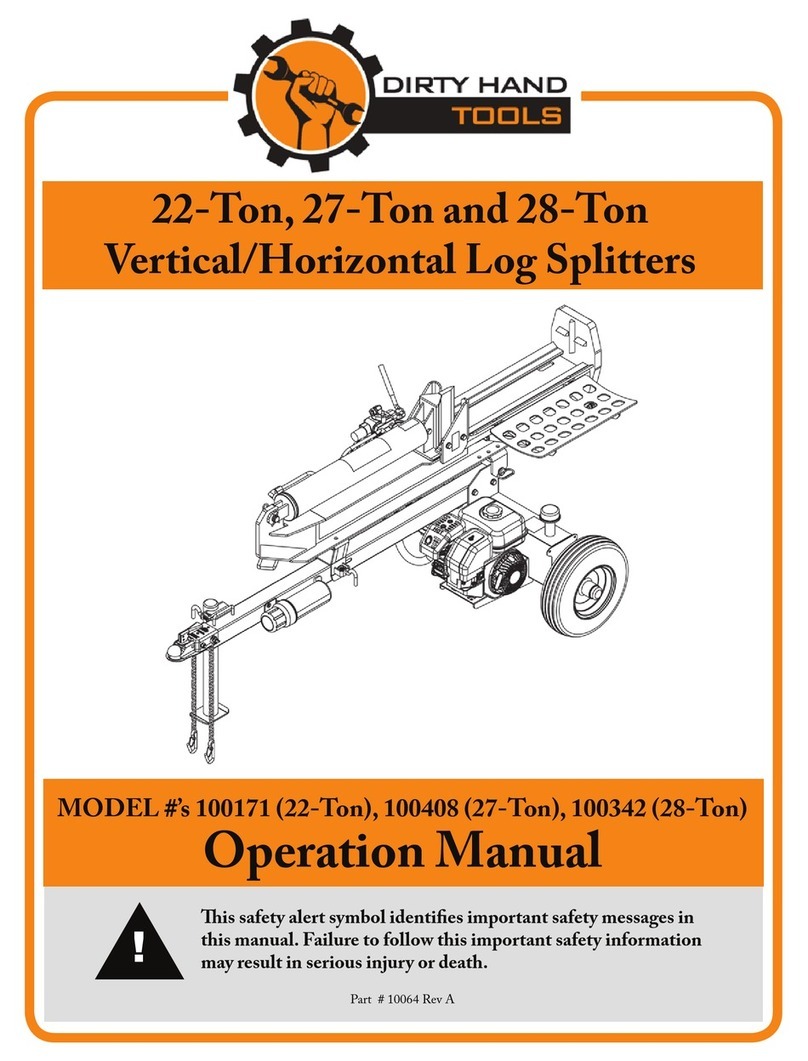
Dirty Hand Tools
Dirty Hand Tools 100171 Operation manual
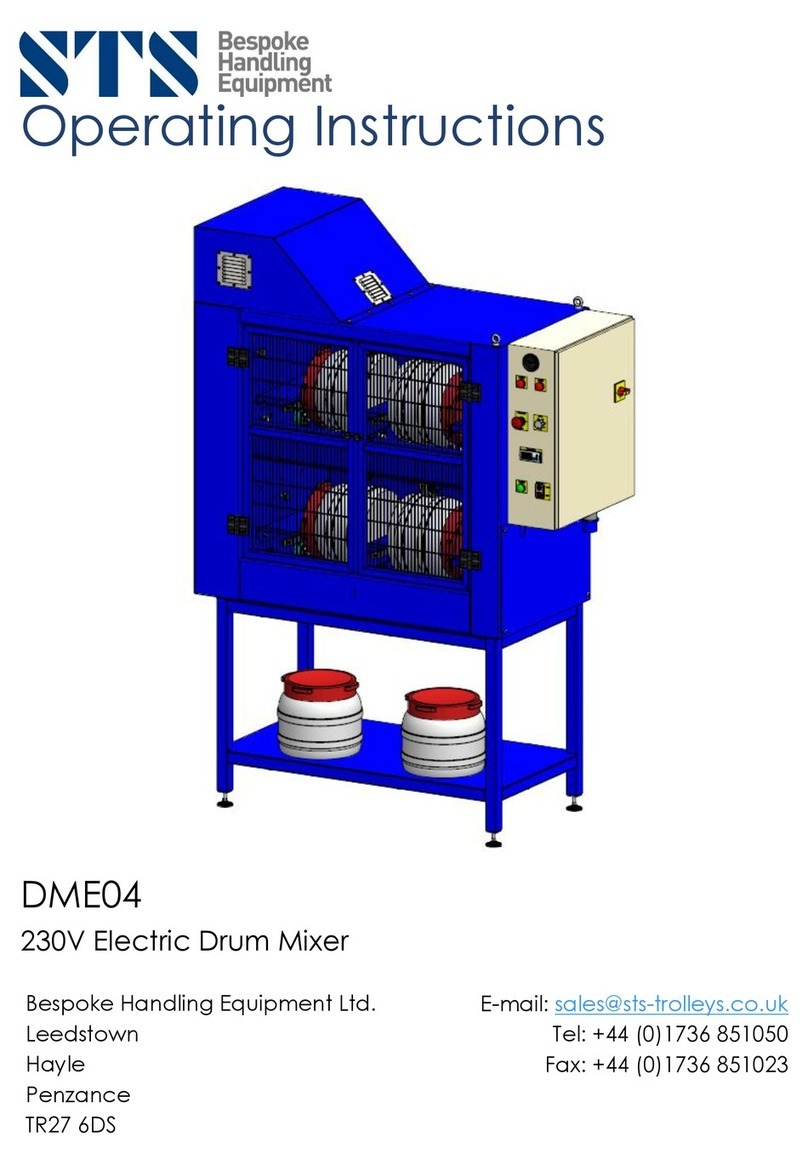
STS
STS DME04 operating instructions
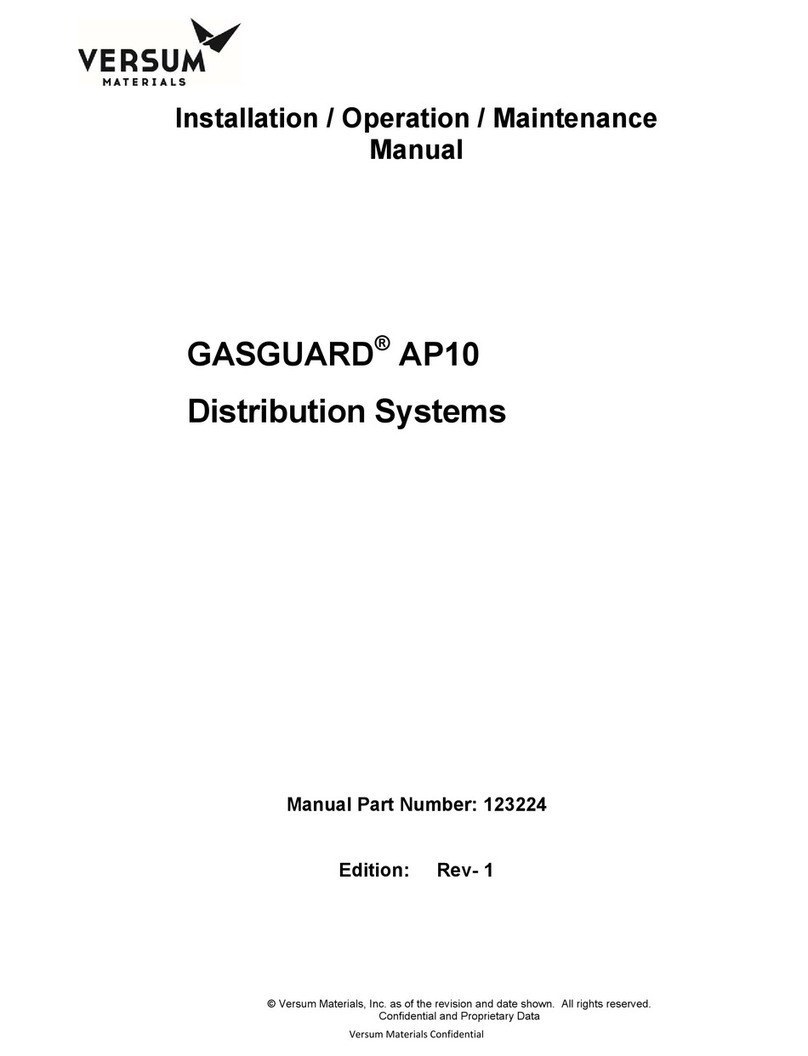
Versum Materials
Versum Materials GASGUARD AP10 Installation, operation & maintenance manual
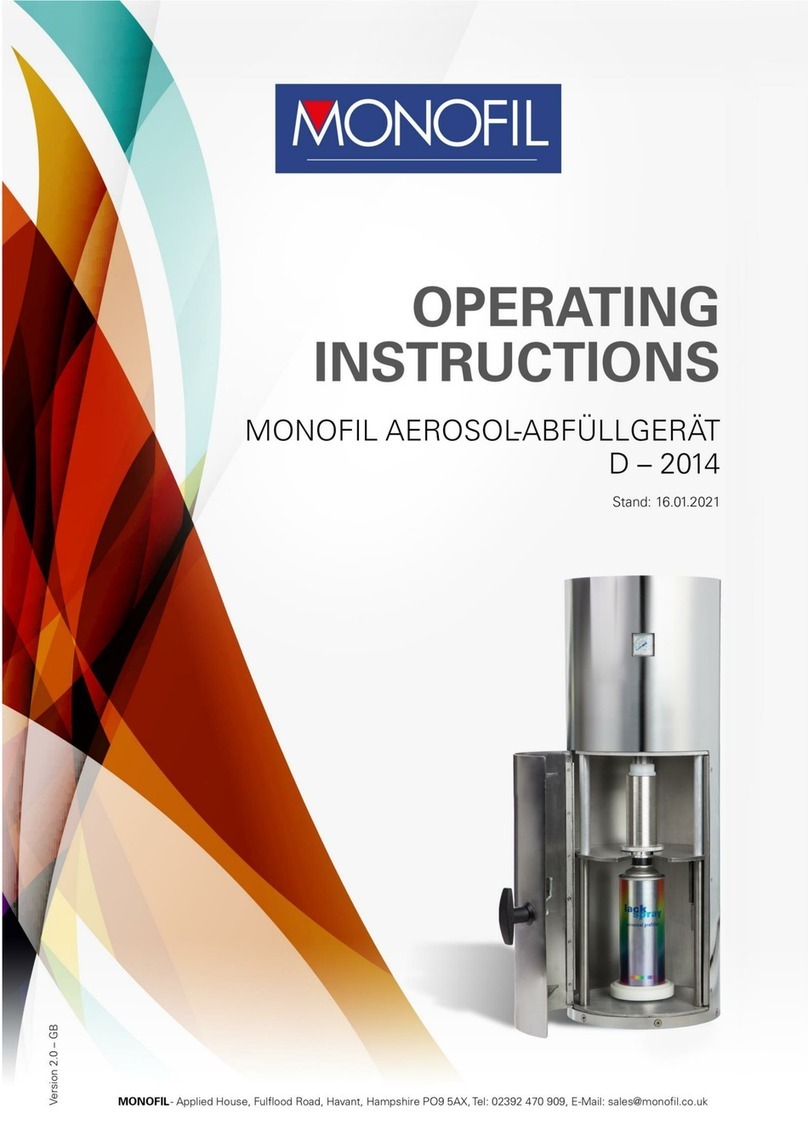
monofil
monofil Aerosol-Abfullgerat D-2014 operating instructions
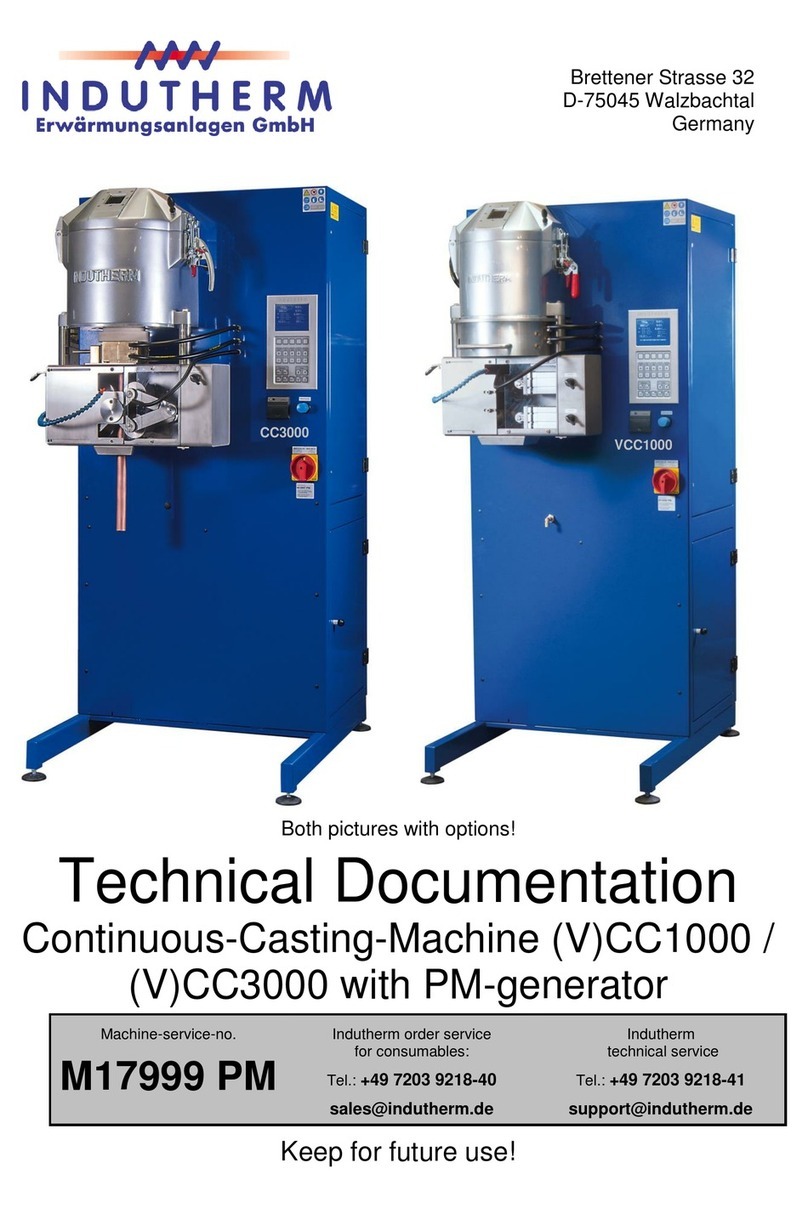
Indutherm
Indutherm CC3000 Technical documentation

